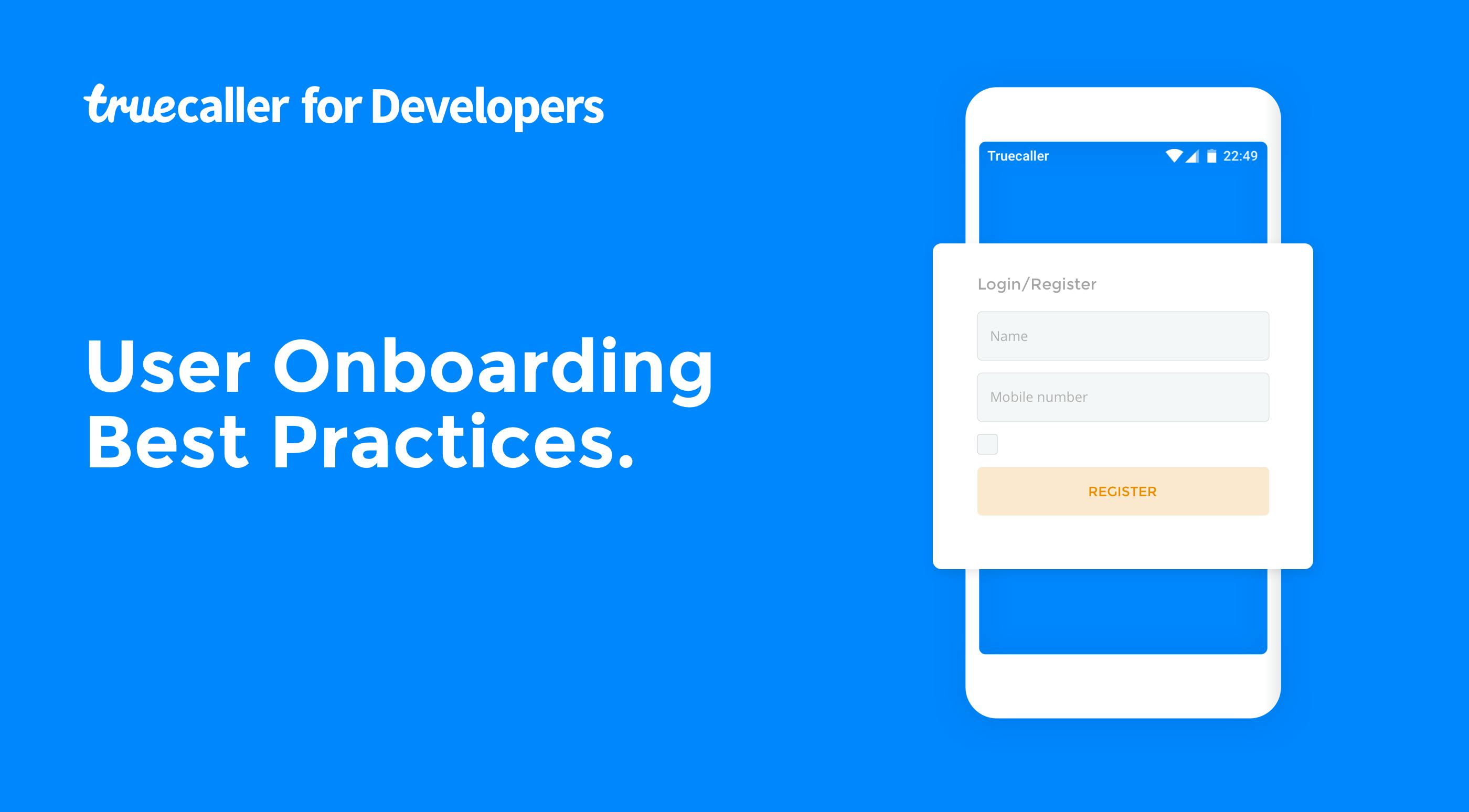
User Onboarding Best Practices
Shubhral Kumar
Dec 13, 20194 min readEdited on Mar 11, 2020
A mobile app’s user onboarding experience is not only about registering a new user or giving them a warm welcome. It’s about curating an onboarding experience that helps new users understand the value of your product and how they can benefit from it, which in return helps to reduce drop-offs and uninstalls of the app.
It’s important to keep in mind that an onboarding experience should highlight your brand and the core product in a way that helps users to realize how your product can help improve their lives (or at least make their lives easy). The sooner users understand the product’s core value and start to reap the benefits out of it, the more likely they are to use it regularly and stick to it. Such enthusiastic users also end up in fueling the company’s growth, termed as “organic growth for a company,” by spreading the word around about the product.
How to improve?
There is no particular set of ways to improve an onboarding experience because it’s very subjective as well as relative to the product category, the product itself and its offerings. But there are certain key aspects that one can keep in mind in order to improve their user onboarding experience. So let’s discuss some of these ways –
Identify the user
This is especially relevant if the product offering differs for users of varied age groups or gender. This particular problem can be solved by allowing your users to opt into the onboarding experience that fits their needs and segmenting them into different groups based on certain onboarding questions. Example: If you have an educational app that would have a different experience and offering for kids as compared to adults, you can include an onboarding question to identify their age range and showcase an onboarding experience accordingly to explain the product and its benefits.
Keep signup forms simple
Try to avoid them if you can, but if it’s absolutely necessary, try to keep it simple because it helps to reduce the cognitive load. Otherwise, an alternate solution that is tried by many apps these days is to ask questions not in a boring old form with too many fields, but in an interactive way where you ask one question at a time and make it appear like a 1-to-1 conversation. This also helps to bring in some personal touch.
Address common product related questions
It’s important to keep in mind that every new user will have some doubts and questions about the product, and if not addressed at the right stage, i.e., during onboarding, it would result in a drop-off and hence an uninstall. So it’s considered pretty useful to have a set of FAQs ready that a user can access in case of any concerns.
Too many screens
Explain the platform in a crisp, clear and easy to understand manner. Highlight only the key features and keep in mind that you don’t talk too much about the product in the beginning itself. Just answer a few basic product-related offerings that are core to your product. You can use tooltips to explain the detailed features once the user starts using the product.
Too many permissions
Don’t bombard asking for too many permissions in one go, especially right at the start of the app. Set a context first, explain why you need them and how it would be useful for them.
Analyze events
Integrate analytics and evaluate the events to see the points where most users are dropping off. If it’s the registration page, then try to analyze why users are unsure of registering? Is it because of the lack of a seamless & simple sign-up process like that offered by phone number where users don’t have to remember any passwords? Or is it because they are still unclear about what the product has to offer and how it could solve their pain points? Try to analyze and address these issues by quickly iterating the onboarding experience with some minor tweaks to see if it helps to increase more registrations.
Demos or product tours
It’s always a nice option to have a demo video or a lightweight product tour in the onboarding to make users understand how the product can help them solve their problem by highlighting the workflow, key features and guiding them towards the core value of the product.
Gradual engagement
Allow the users to experience the workflow and certain features of the app by postponing the signup for as long as possible. Engage them through different features, and let them keep coming back to use your product while reminding them of registering to the app from time to time to experience more benefits out of the product.
Summary
Every app has its own set of unique features and it’s important to communicate those effectively. These methods are generic in nature and provide a good starting point of building an onboarding experience, but the real power lies in your hand to build that truly amazing onboarding experience.
Keep in mind, not to over-complicate the user onboarding experience. Try to keep it simple and iterate over it as you grow. Don’t try to burden new users with too much information in a single go. They can’t be converted into power users unless you give them a strong value proposition. Keep your focus on educating and guiding your users to the core value of the app and they’d definitely keep coming back.

Shubhral Kumar
Dec 13, 20194 min read


